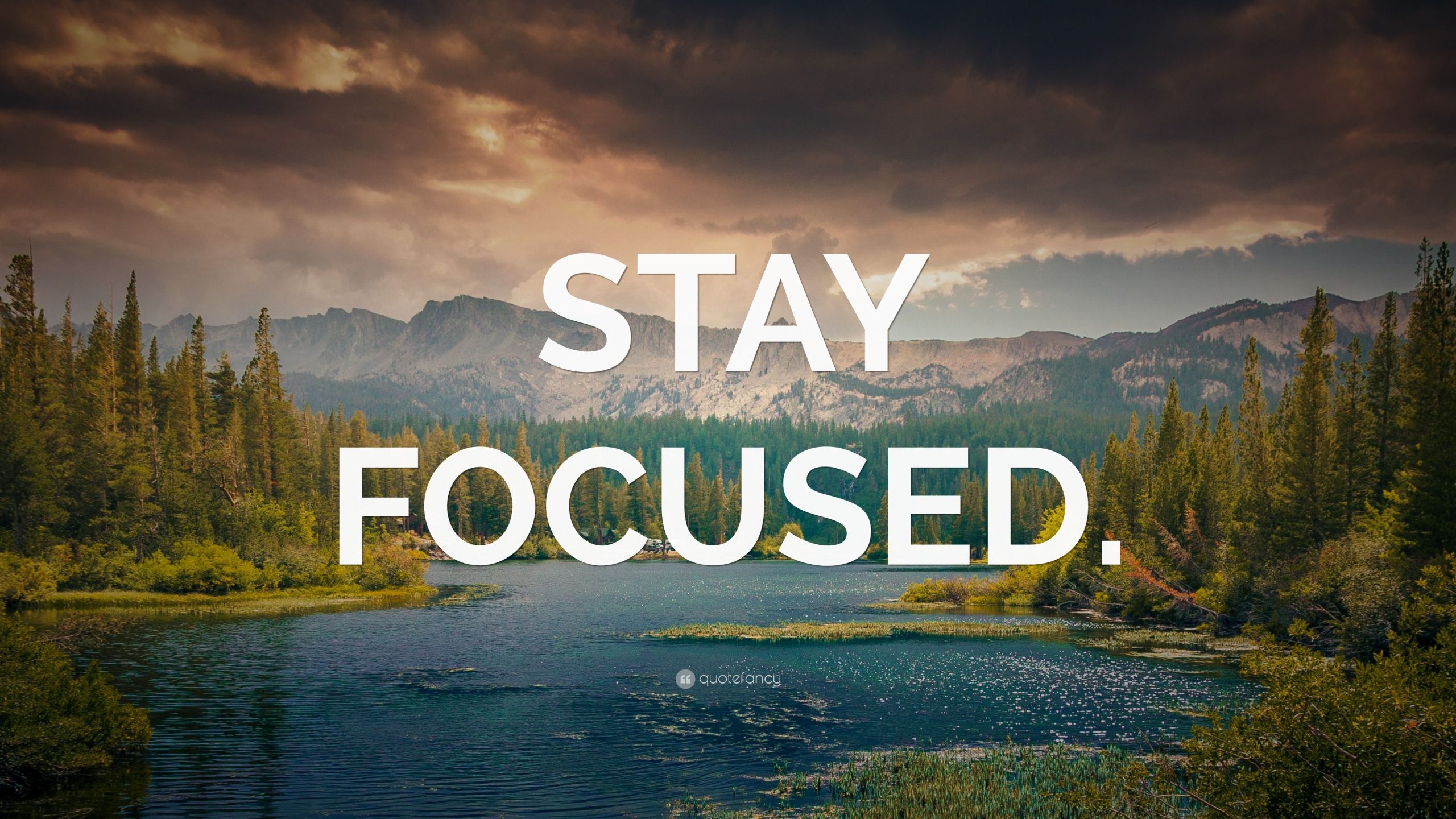
Ireland, the Emerald Isle, beckons with its dramatic coastlines, rolling green hills, ancient castles, and a warmth of spirit that rivals its legendary hospitality. Planning a trip to this captivating island nation can feel overwhelming, especially when deciding where to base yourself to truly experience its magic. This comprehensive guide will navigate you through Ireland’s most captivating regions, unveil its rich history, equip you with essential travel tips, explore diverse accommodation options, and advise on the best times to visit, ensuring your Irish adventure is nothing short of unforgettable.
A Tapestry of History: Ireland’s Enduring Charm
Ireland’s history is a captivating saga etched into its landscapes and whispered in its ancient ruins. From the megalithic tombs of Newgrange, predating the pyramids, to the Viking settlements that laid the foundations for modern cities, and the Norman invasions that reshaped its political landscape, the island is a living testament to millennia of human endeavor. The legacy of Celtic mythology, the struggles for independence, and the vibrant cultural revival all contribute to the unique character of the Irish people and their land. Understanding this rich tapestry will deepen your appreciation for the places you visit and the stories they hold.

Related Articles about Emerald Dreams and Cozy Havens: Your Ultimate Guide to Where to Stay in Ireland:
- Singapore: A Jewel of Southeast Asia – Your Ultimate Travel Guide
- Paradise Found: Your Ultimate Guide to the Top Attractions in the Maldives
- A Traveler’s Guide to Norway: Where Fjords Whisper and Northern Lights Dance
- The Steppe’s Grandeur: Unveiling Kazakhstan’s Premier Hotels and Unforgettable Experiences
- Unearthing the Golden Heart: Your Comprehensive Guide to Johannesburg
Unveiling Ireland’s Top Attractions: A Journey Through Iconic Landscapes and Heritage
Ireland boasts an embarrassment of riches when it comes to attractions, catering to every interest. Here’s a glimpse into some of the most iconic:
For the History Buff:
- Dublin Castle, Dublin: A formidable symbol of power, this historic complex has witnessed centuries of Irish history, from Viking fortifications to British rule and ultimately, the birth of the Irish state.
- The Rock of Cashel, County Tipperary: A breathtaking medieval fortress perched atop a limestone outcrop, offering panoramic views and a glimpse into the powerful Kings of Munster.
- Newgrange, County Meath: A UNESCO World Heritage Site, this 5,000-year-old passage tomb is an engineering marvel, aligned to capture the winter solstice sunrise.
- Cliffs of Moher, County Clare: While primarily a natural wonder, the dramatic cliffs themselves are imbued with a sense of ancient resilience and have witnessed countless historical events along the coast.
- Kilkenny Castle, County Kilkenny: A magnificent medieval stronghold that has been continuously inhabited for over 800 years, showcasing a rich architectural evolution.

For the Nature Lover and Scenery Seeker:
- Ring of Kerry, County Kerry: A world-renowned scenic drive, this 179km route winds through dramatic mountains, picturesque villages, and breathtaking coastal vistas.
- Giant’s Causeway, County Antrim: A UNESCO World Heritage Site, this natural wonder of interlocking basalt columns is steeped in myth and legend.
- Connemara National Park, County Galway: A wild and rugged landscape of mountains, bogs, and grasslands, offering opportunities for hiking and experiencing untamed beauty.
- The Burren, County Clare: A unique karst landscape of exposed limestone, dotted with ancient dolmens and rare flora, creating an almost lunar-like panorama.
- Wicklow Mountains National Park, County Wicklow: Known as the "Garden of Ireland," this park features stunning lakes, ancient monastic sites like Glendalough, and rolling hills.
For the Culture Enthusiast:
- Temple Bar, Dublin: While touristy, this lively district is the heart of Dublin’s traditional music scene, with numerous pubs offering nightly performances.
- Galway City: Renowned for its vibrant arts scene, street performers, and lively atmosphere, Galway offers a taste of contemporary Irish culture.
- Irish Museum of Modern Art (IMMA), Dublin: Showcasing contemporary art in a stunning historic setting.
- The National Museum of Ireland (various branches): Explore Ireland’s rich archaeological, decorative arts, and history collections.
Where to Stay: A Region-by-Region Exploration
Ireland offers a diverse range of experiences, and your choice of accommodation should align with your desired pace and interests.
1. Dublin: The Vibrant Capital (City Break & Culture)
- Attractions: Dublin Castle, Trinity College (Book of Kells), Guinness Storehouse, Kilmainham Gaol, National Museum of Ireland, Temple Bar, St. Patrick’s Cathedral.
- Vibe: Bustling, historic, cultural, lively nightlife, literary hub.
- Accommodation Options:
- Luxury Hotels: The Shelbourne, The Merrion, The Westbury.
- Boutique Hotels: The Alex, The Wilder, The Dean.
- Mid-Range Hotels: The Clarence, Stauntons on the Green, Camden Court Hotel.
- Budget-Friendly: Hostels (Generator Dublin, Jacobs Inn), Guesthouses in Ballsbridge or Rathmines.
- Ideal For: First-time visitors, those seeking city amenities, history buffs, pub enthusiasts.
2. Galway & the West: Wild Atlantic Way and Traditional Soul (Coastal & Cultural)
- Attractions: Galway City, Cliffs of Moher, The Burren, Connemara National Park, Aran Islands, Kylemore Abbey.
- Vibe: Bohemian, artistic, traditional music mecca, rugged coastline, stunning natural beauty.
- Accommodation Options:
- Galway City: The G Hotel, The Hardiman, The House Hotel. Many charming guesthouses and boutique options.
- County Galway/Clare: Coastal resorts in Lahinch or Spanish Point, traditional B&Bs in villages like Doolin, boutique hotels near Connemara. Consider self-catering cottages for a more immersive experience.
- Ideal For: Those seeking dramatic landscapes, traditional Irish music, exploring the Wild Atlantic Way, a more relaxed pace.
3. County Kerry: The Kingdom of Scenic Splendor (Scenic Drives & Outdoor Adventure)
- Attractions: Ring of Kerry, Killarney National Park (Muckross House, Torc Waterfall), Dingle Peninsula, Skellig Michael (UNESCO World Heritage Site – requires advance booking), Gap of Dunloe.
- Vibe: Picturesque, romantic, outdoor adventure hub, charming towns like Killarney and Dingle.
- Accommodation Options:
- Killarney: The Europe Hotel & Resort, The Dunloe Hotel & Gardens, many family-run hotels and guesthouses.
- Dingle Peninsula: Boutique hotels in Dingle town, seaside guesthouses, rural farm stays.
- Kenmare/Sneem: Upscale resorts and charming country houses.
- Ideal For: Road trippers, hikers, photographers, those seeking iconic Irish scenery.
4. Northern Ireland: History, Giants, and Titanic Tales (Unique Heritage & Dramatic Coastline)
- Attractions: Giant’s Causeway, Carrick-a-Rede Rope Bridge, Titanic Belfast, Belfast City Hall, The Troubles history sites, Dark Hedges.
- Vibe: A blend of industrial heritage, natural wonders, and a complex, recent history. Belfast is a vibrant, regenerating city.
- Accommodation Options:
- Belfast: The Merchant Hotel, The Fitzwilliam Hotel, many modern hotels in the city center.
- Coastal Areas (Causeway Coast): Charming hotels in Portrush and Portstewart, guesthouses in smaller villages, self-catering options.
- Ideal For: Those interested in unique natural phenomena, maritime history, exploring a different facet of Ireland’s history.
5. County Cork: The Rebel County’s Culinary Delights and Historic Ports (Foodie & Historic Charm)
- Attractions: Blarney Castle, Kinsale (gourmet capital), Cobh (Titanic’s last port of call), English Market in Cork City, Mizen Head.
- Vibe: Culinary excellence, charming coastal towns, rich history, friendly atmosphere.
- Accommodation Options:
- Cork City: The River Lee Hotel, Hayfield Manor, many city-center hotels.
- Kinsale: Boutique hotels, guesthouses, and charming B&Bs.
- Cobh/Coastal Areas: Seaside hotels and guesthouses.
- Ideal For: Food lovers, history enthusiasts, those seeking picturesque coastal towns.
6. Other Regions to Consider:
- County Clare (beyond the Burren): The vibrant town of Ennis offers traditional music and a lively atmosphere.
- County Mayo: Achill Island, Croagh Patrick, and the scenic villages offer a more remote and rugged experience.
- County Donegal: Wild, windswept landscapes, stunning beaches, and rich Gaelic culture.
Travel Tips for a Seamless Irish Sojourn
- Currency: The Republic of Ireland uses the Euro (€). Northern Ireland uses the Pound Sterling (£).
- Language: English is spoken everywhere. Irish (Gaelic) is the first official language and is spoken in designated Gaeltacht regions.
- Electricity: 230V, 50Hz. Plug type G (three-pin rectangular).
- Driving: Ireland drives on the left. Roads can be narrow and winding, especially in rural areas. Consider a smaller car.
- Connectivity: Wi-Fi is widely available in hotels, cafes, and public spaces. Consider a local SIM card for better data access.
- Tipping: Not obligatory but appreciated for good service. Around 10% in restaurants and for taxi drivers is common.
- Weather: Be prepared for all four seasons in a single day! Pack layers, waterproofs, and comfortable walking shoes.
- Book Ahead: For popular attractions (like Skellig Michael) and accommodations during peak season, booking in advance is highly recommended.
- Embrace the Craic: "Craic" is the Irish word for fun, conversation, and good times. Engage with locals, enjoy a pint, and soak in the atmosphere.
Accommodation Options: A Spectrum of Irish Hospitality
Ireland excels in offering a diverse range of places to stay, each providing a unique glimpse into the country’s character:
- Hotels: From grand historic establishments to modern city hotels, Ireland offers a wide array of hotel experiences, catering to all budgets and preferences.
- Bed & Breakfasts (B&Bs): The quintessential Irish accommodation. Expect warm hospitality, hearty breakfasts, and often, invaluable local insights from your hosts. This is an excellent way to experience authentic Irish charm.
- Guesthouses: Similar to B&Bs but often larger, offering a more hotel-like service with a personal touch.
- Self-Catering Cottages/Apartments: Ideal for families, groups, or those seeking independence. This allows you to cook your own meals and experience a more local way of life.
- Hostels: A budget-friendly option, offering dorm rooms and private rooms, often with communal areas for socializing. Great for solo travelers and backpackers.
- Farm Stays: Experience rural life firsthand, with opportunities to participate in farm activities and enjoy home-cooked meals.
- Castles and Historic Houses: For a truly unique and luxurious experience, consider staying in a converted castle or a grand historic estate.
Transportation: Navigating the Emerald Isle
- Car Rental: The most flexible way to explore Ireland, especially if you plan to venture off the beaten path. Be prepared for narrow roads and driving on the left.
- Public Transport:
- Buses: Bus Éireann operates an extensive network connecting most towns and cities. Citylink is another popular operator for key routes.
- Trains: Irish Rail operates train services primarily between major cities. While scenic, it’s not as comprehensive as the bus network.
- Taxis: Readily available in towns and cities.
- Ferries: Essential for reaching the Aran Islands and other offshore islands.
- Flights: Aer Lingus and Ryanair operate domestic and international flights to and from Ireland.
The Best Time to Visit Ireland: Chasing the Emerald Glow
Ireland’s charm is present year-round, but each season offers a distinct experience:
- Spring (March-May): Witness the landscape come alive with vibrant green hues and blooming wildflowers. Weather can be unpredictable, with showers common, but temperatures are milder. Fewer crowds than summer.
- Summer (June-August): The warmest months with the longest daylight hours, perfect for outdoor activities. This is also the busiest and most expensive time to visit. Expect peak season prices and larger crowds at popular attractions.
- Autumn (September-November): A beautiful time to visit with stunning fall colors, crisp air, and fewer tourists. The weather can still be pleasant, but the days are shorter, and rain becomes more frequent.
- Winter (December-February): The quietest and most affordable time to visit. Embrace cozy pub evenings, festive Christmas markets (especially in Dublin), and dramatic coastal scenery. Be prepared for colder temperatures and shorter daylight hours.
Shoulder Seasons (April-May and September-October) are often considered the sweet spot, offering a good balance of pleasant weather, fewer crowds, and more reasonable prices.
Crafting Your Irish Dream
From the bustling streets of Dublin to the wild beauty of the Atlantic coast, Ireland offers a captivating journey for every traveler. By understanding its history, exploring its diverse attractions, choosing the accommodation that best suits your style, and planning your transportation and timing, you’re well on your way to experiencing the true magic of the Emerald Isle. So, pack your bags, open your heart, and prepare to be enchanted by the warmth, beauty, and enduring spirit of Ireland.





